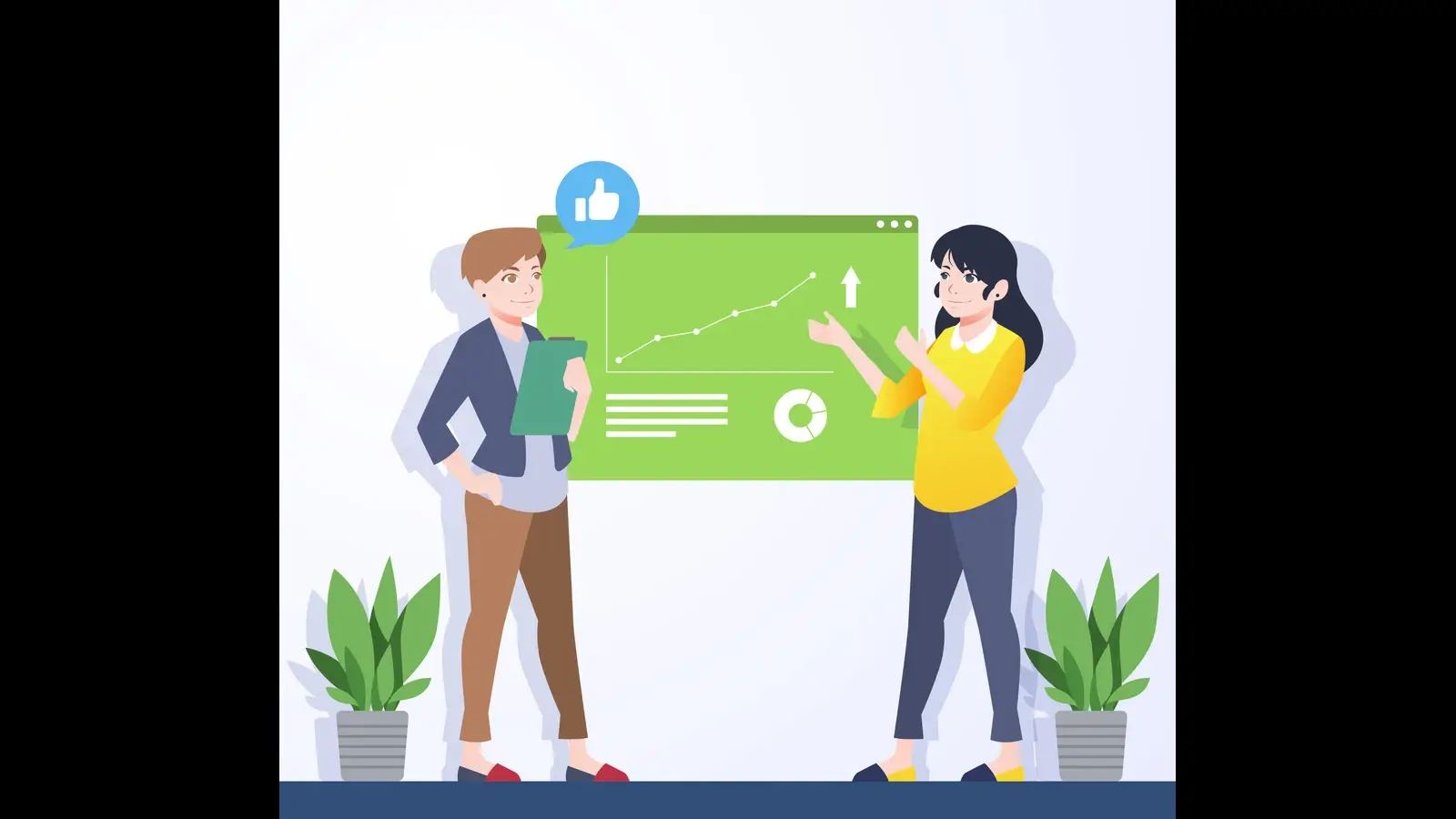
Getting people to visit your website is the key to online success. For small businesses, startups, and growing brands, it’s not just about having a website—it’s about getting steady, sustainable traffic that converts visitors into customers.
The big question most businesses face is: What’s the best way to bring people to my site? Should you invest in organic traffic through SEO and content marketing, or use paid traffic through online ads and promotions? Both have unique strengths, limitations, and roles to play in your marketing strategy.
This blog explores the best ways to generate online traffic, explains the difference between organic and paid traffic, and helps you understand the pros and cons of each, so you can make smart decisions for your digital growth.
Before diving into comparisons, it’s important to understand what website traffic really means. Website traffic refers to the number of visitors who land on your site through search engines, social media, emails, ads, or referrals.
Not all traffic is created equal. Some visitors come naturally because they found your site while searching for a topic (that’s organic traffic). Others arrive through advertisements you’ve paid for (that’s paid traffic). Both are vital, but each serves a different purpose in your growth journey.
Organic traffic refers to visitors who come to your website without you paying directly for clicks or visibility. This happens when people discover your content through search engines like Google or Bing, or through unpaid links shared on social media or other websites.
Organic traffic is built primarily through Search Engine Optimization (SEO)—a long-term strategy that helps your site rank higher in search results for relevant keywords.
Organic traffic is the slow and steady approach—it may take time, but it builds trust and sustainability.
Paid traffic is when you pay to bring visitors to your website through online advertisements. This includes search ads (Google Ads), display ads, social media ads (Facebook, Instagram, LinkedIn), or sponsored listings on other platforms.
Essentially, you’re buying visibility in front of a targeted audience.
Paid traffic is like a shortcut—it gets you there faster, but you have to keep fueling it with budget.
Both are essential—organic traffic builds credibility, while paid traffic brings quick results.
A balanced marketing strategy uses both organic and paid traffic together.
Over time, your dependency on ads can reduce as organic traffic takes over.
For example, a small business launching its first website might run a short paid campaign to announce its services while working on long-term SEO and content marketing.
This combination ensures steady growth, brand recognition, and cost efficiency.
If you’re wondering how to create consistent traffic for your new small business, here are some effective strategies:
That’s where companies like Ellipsis Marketing come in. We help small businesses grow faster with targeted marketing and web design strategies. Our Ready-Made Website Program is ideal for business owners who want a professionally built website designed to attract both organic and paid traffic seamlessly.
Whether you rely on organic or paid strategies, content remains the foundation. Informative blogs, videos, and engaging visuals not only attract new visitors but also keep them coming back.
A well-maintained blog with keyword-rich content helps improve SEO and builds your online authority. Meanwhile, paid campaigns that promote high-value content (like eBooks or guides) can capture new leads faster.
When both are combined, your website becomes a traffic magnet—driving consistent visitors who are genuinely interested in your offerings.
Both organic and paid traffic have vital roles in your online marketing strategy.
The key isn’t choosing one over the other—it’s finding the right balance. Use paid campaigns to fuel quick growth, while investing in SEO and content to build a foundation for the future.
In today’s competitive digital space, a thoughtful mix of both strategies ensures your website attracts consistent visitors, builds authority, and converts interest into loyal customers.
If you’re ready to boost your online visibility and drive more traffic, visit Ellipsis Marketing to explore how expert web design and marketing can elevate your business. Or, check out our Ready-Made Website Program to launch a professional, traffic-ready site with ease.



We are a small marketing technology business based in USA, committed to overcoming the challenges of competing against large companies with big budgets. As a small business established in California, we provide affordable, high-quality web and marketing services to help other small businesses in the United States thrive.
We are located right in your pocket and on your desk – just a phone call or email away whenever you need us. Our official mailing address is in Dublin, California, USA.